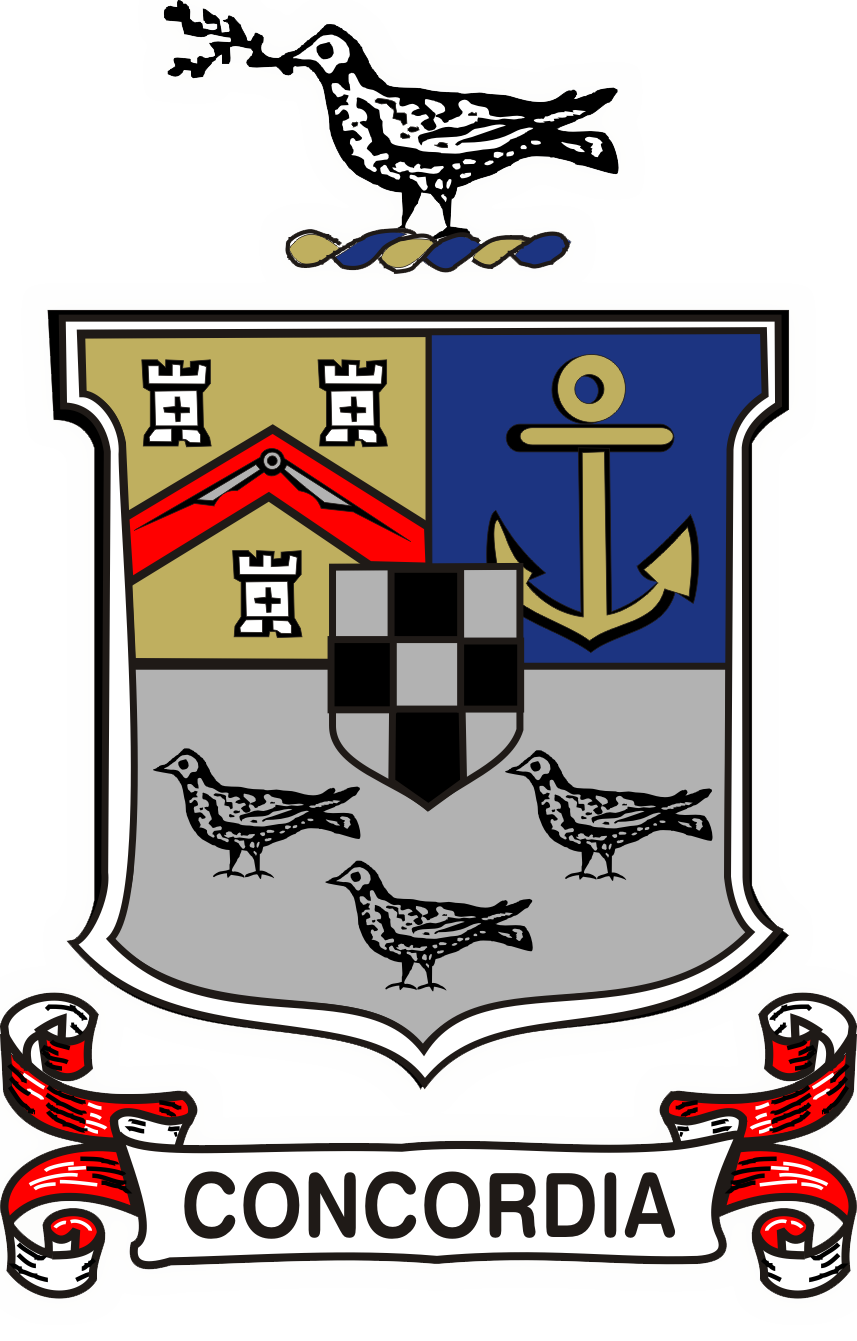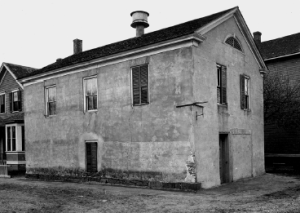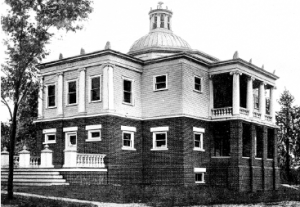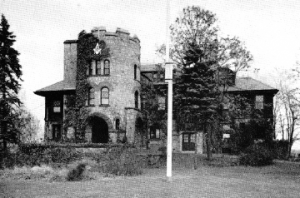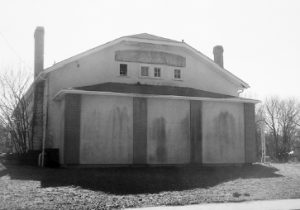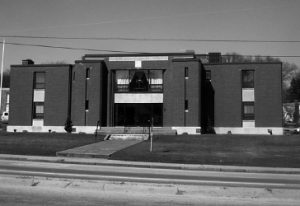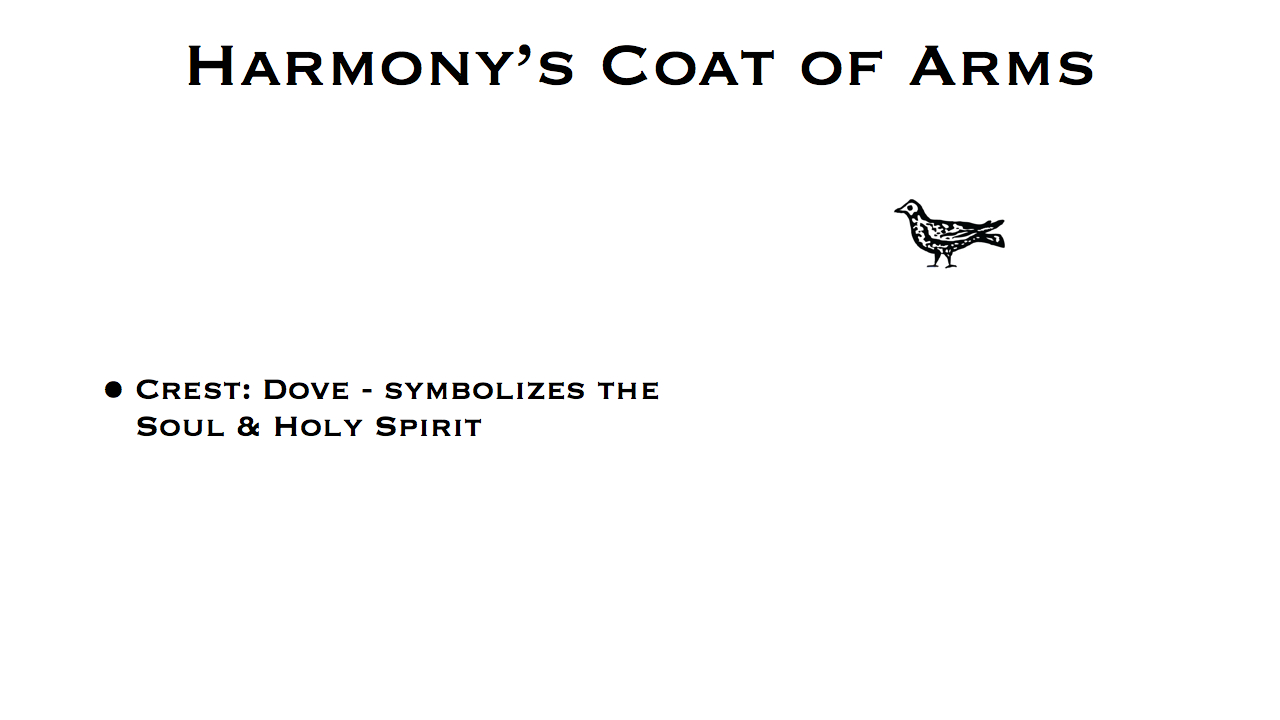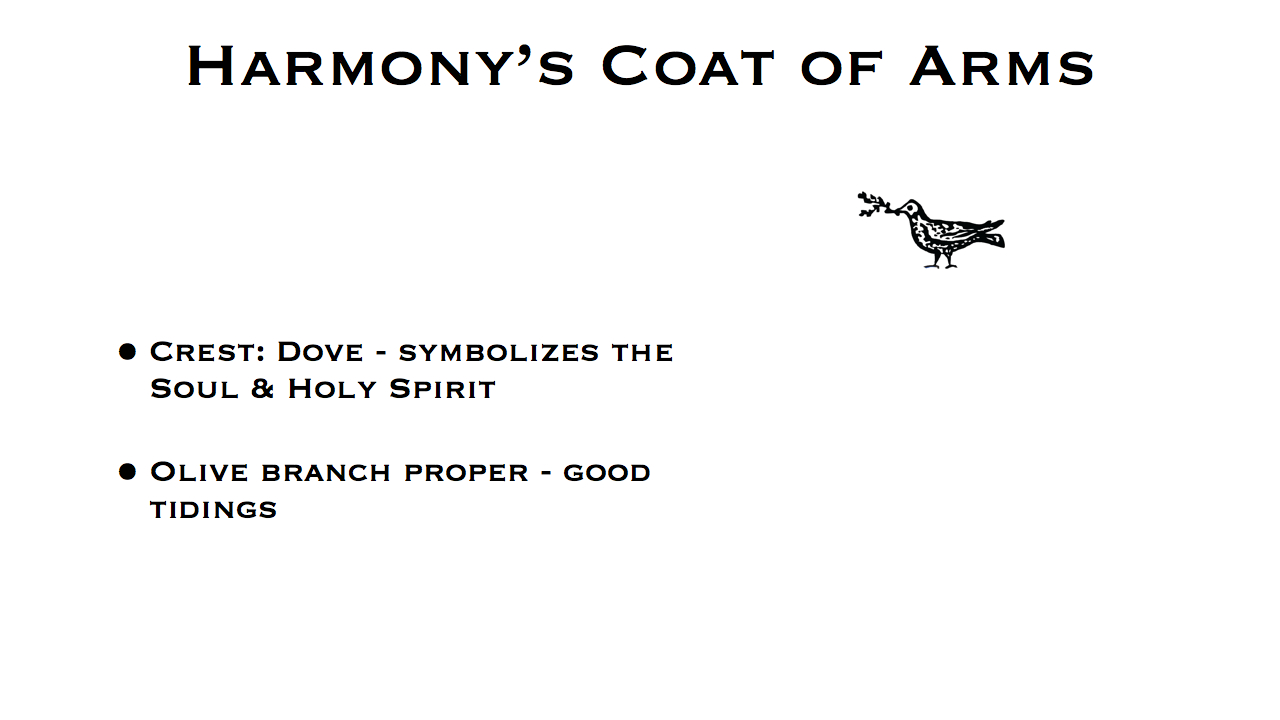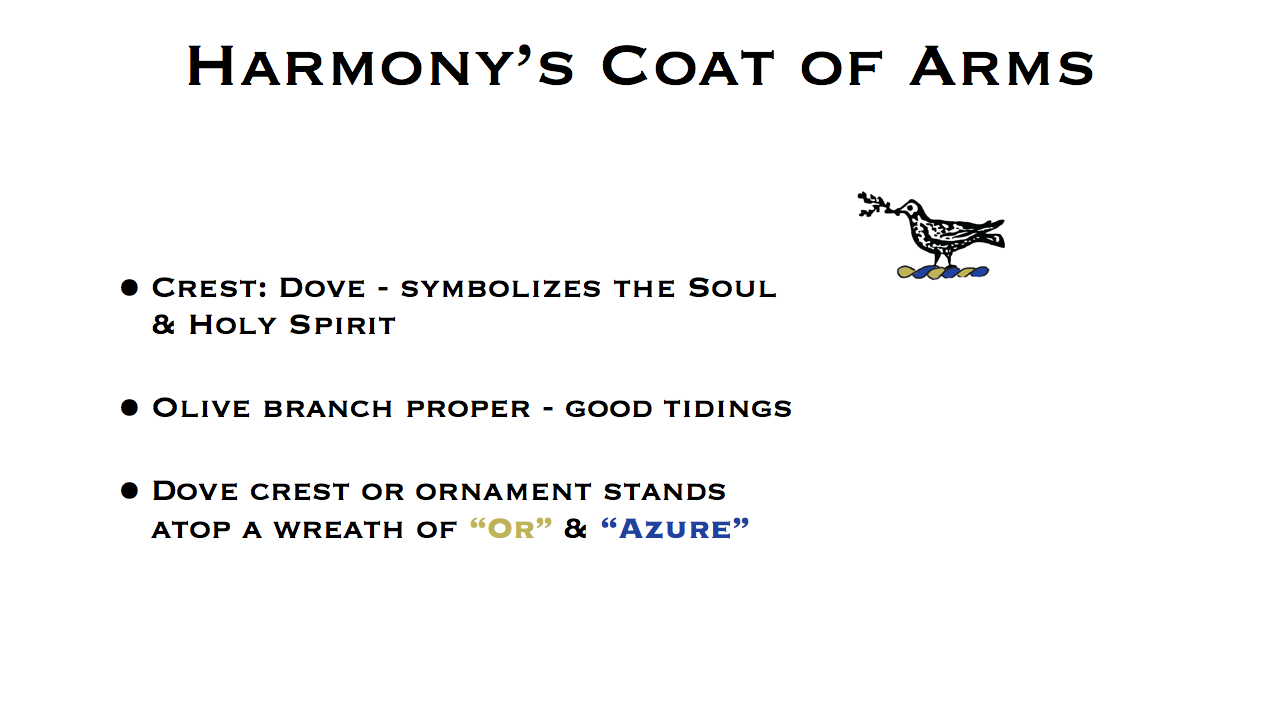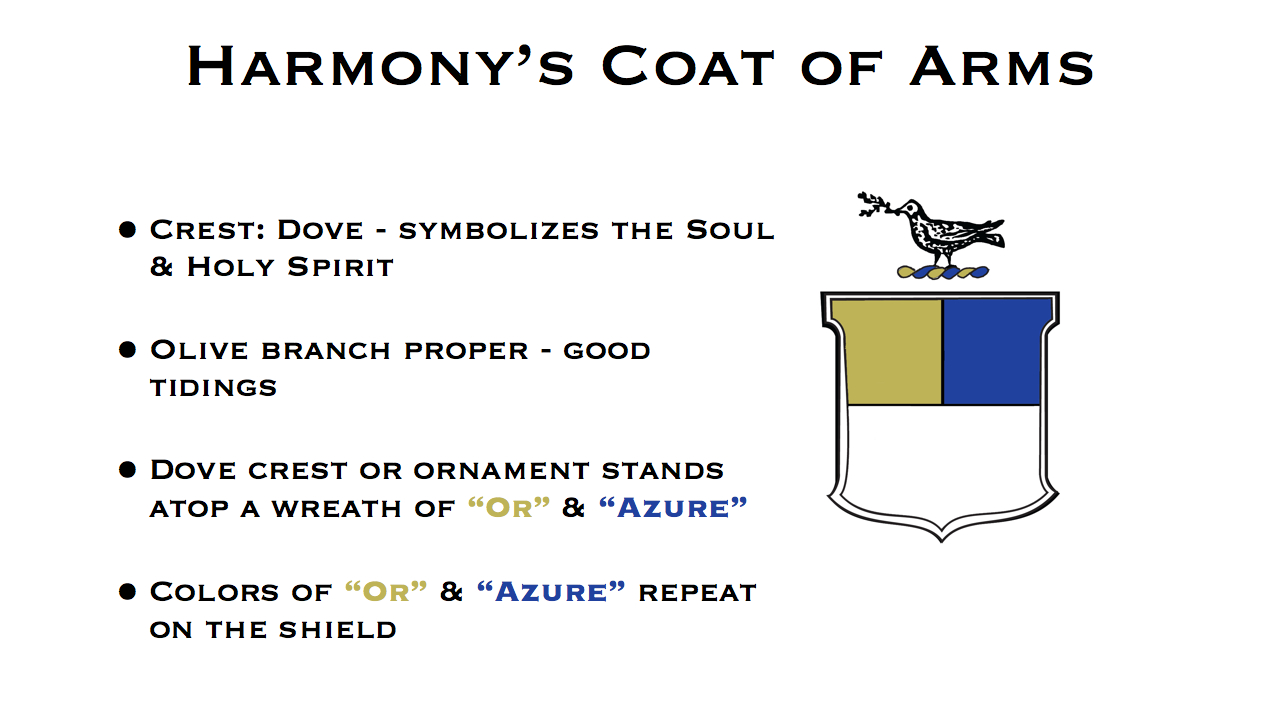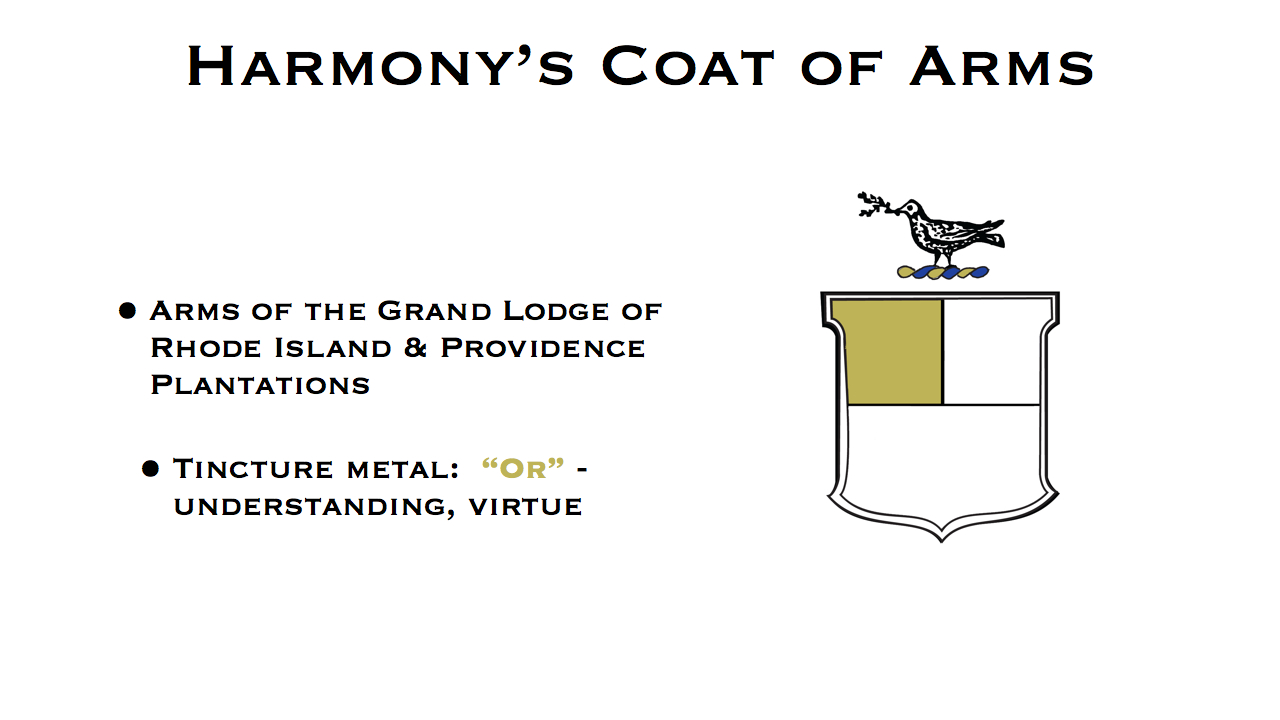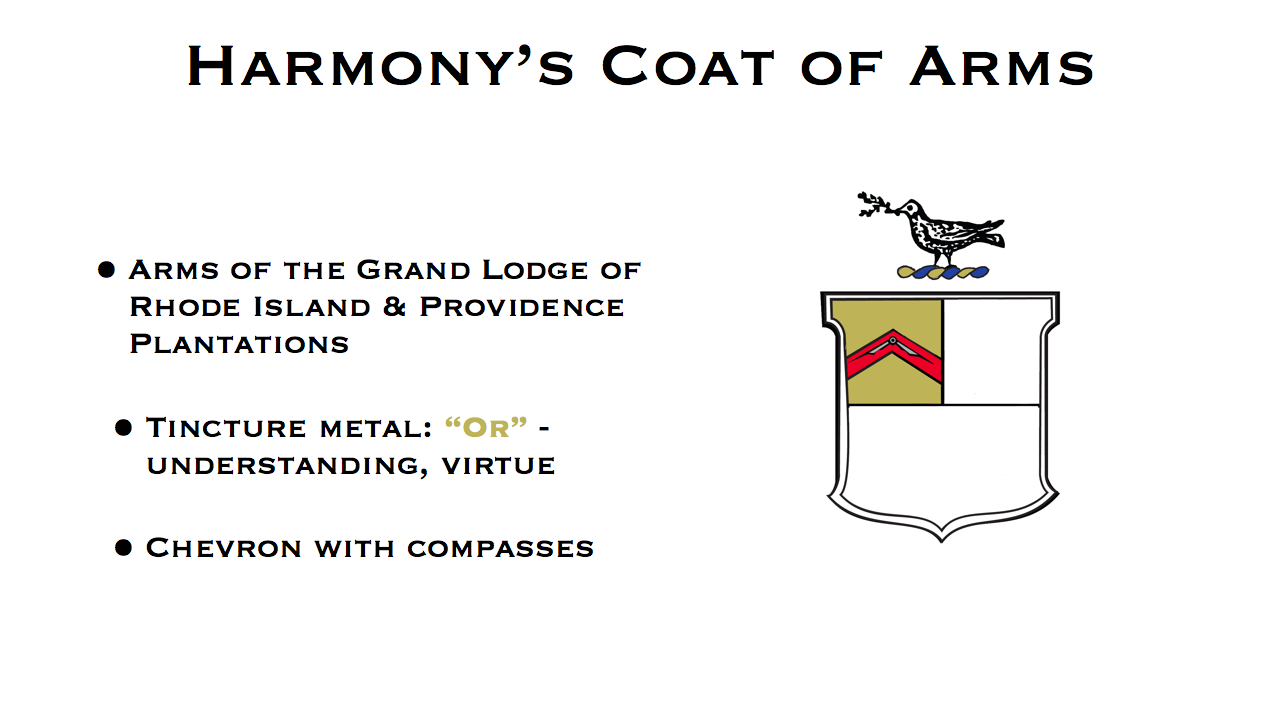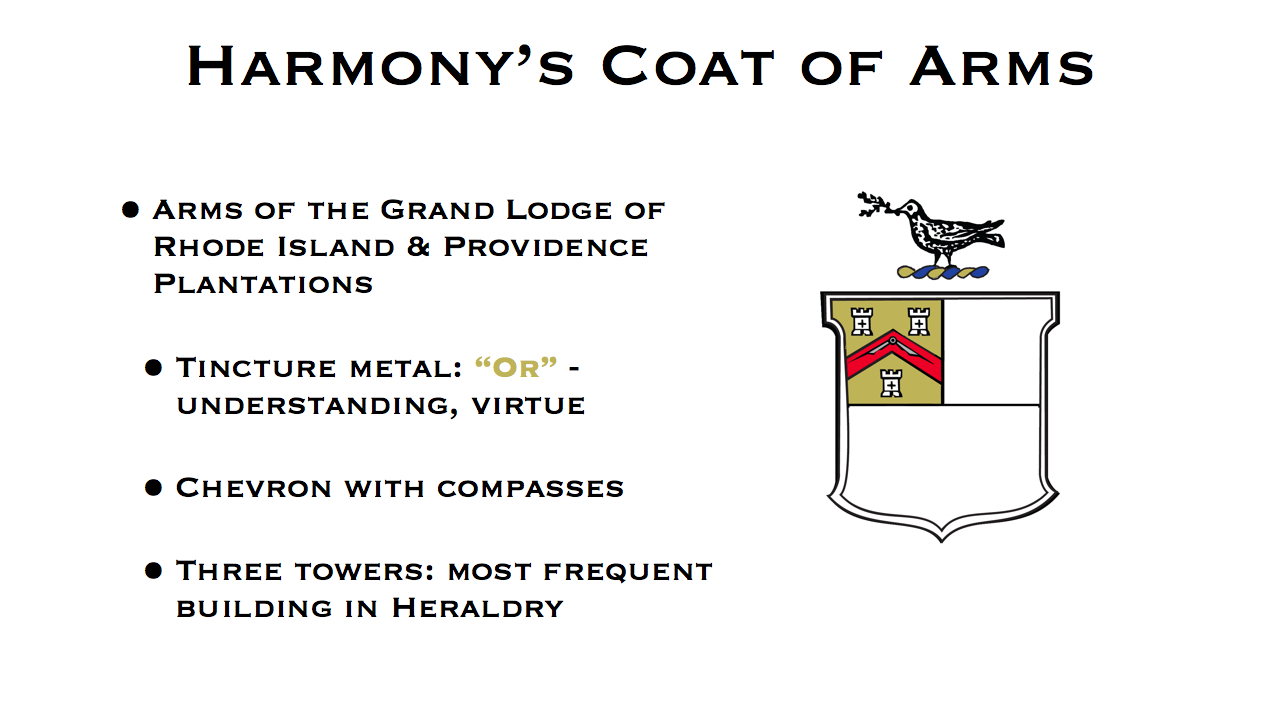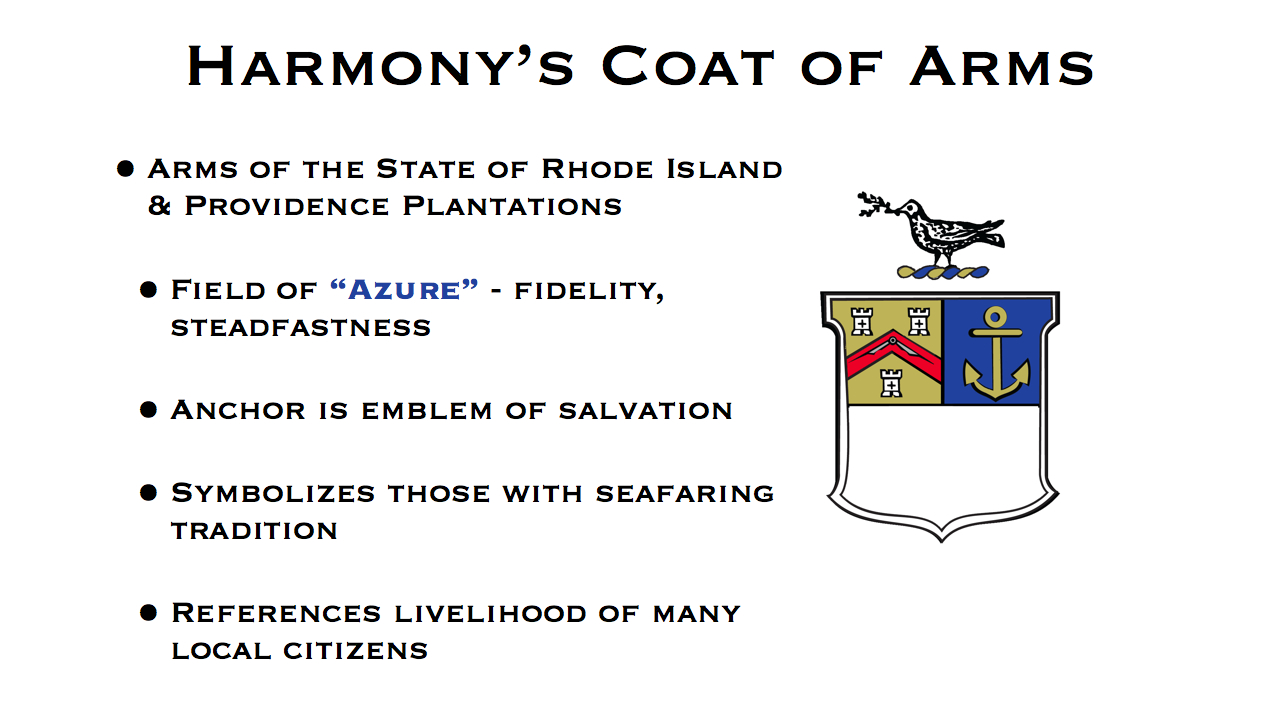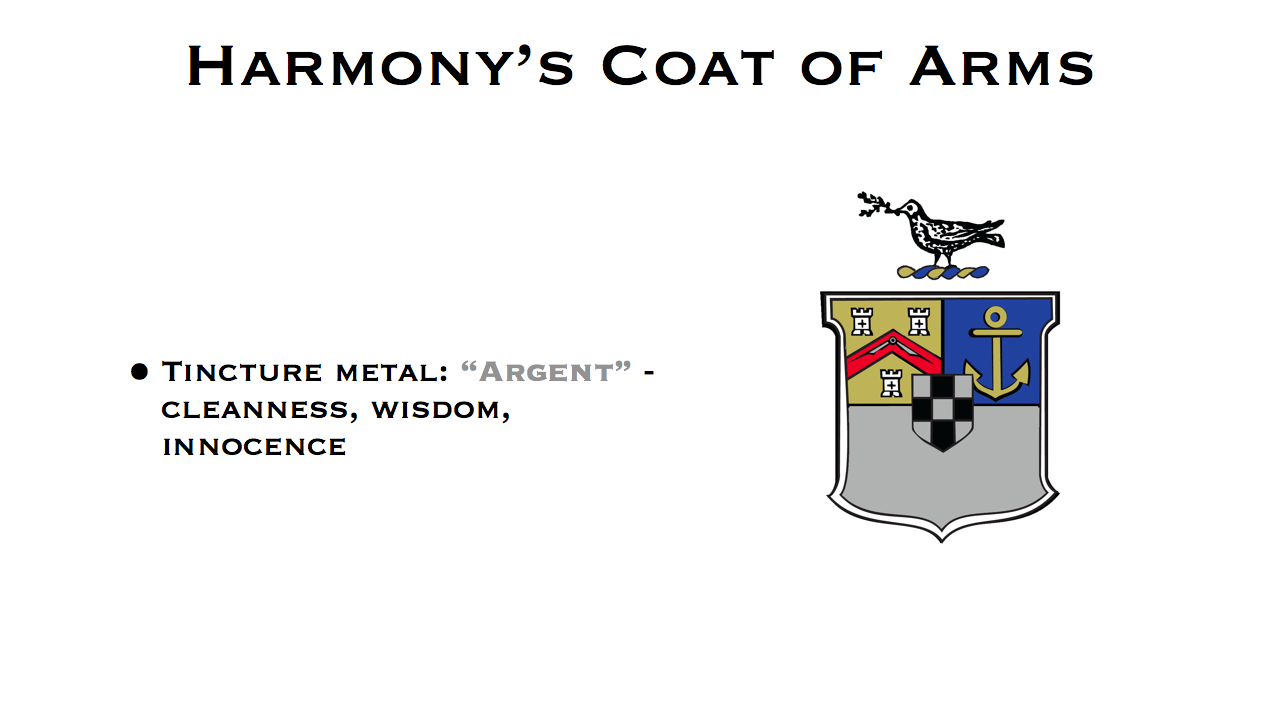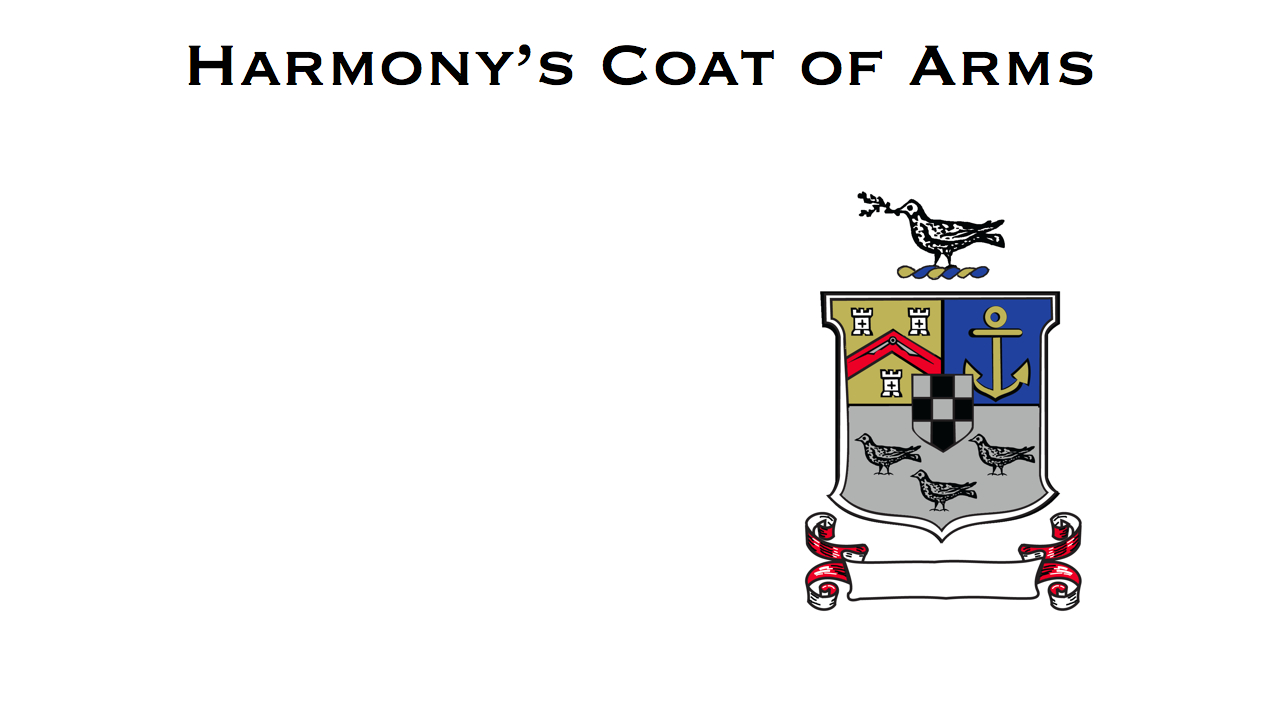Two Hundred Years of Harmony
written by:
Wor:. Milton R. MacIntosh, P.M.
Wor:. Paul C. Liese, P.M.
March 1676: Native Americans, at war with colonists during King Phillips War, burn every home in the frontier settlement of Pawtuxet Village. Inhabitants abandoned the settlement finding refuge within the stockade of Providence Colony. Upon the death of the Wampanoag Chief King Phillip, peace prevailed allowing the villagers to return and rebuild.
June 10, 1772: 19-year-old Ephraim Bowen Jr., the son of a prominent physician and patriot, participates in the daring raid upon the British revenue ship-HMS Gaspee. The Gaspee had run aground on Namquit Point and a group of 60 patriots in 5 longboats departed from Fenners Warf in Providence to lay siege upon the armed vessel. The raiders boarded the ship, captured the crew and set the vessel afire. The attack was successful, and one of the earliest skirmishes in the American Revolution. The raid was retaliation against the unjust restraint of sailing rights upon the bay.
1805: Pawtuxet Village was growing and prosperous. 30 sailing vessels called the port home. The majority of men were employed as mariners or shipbuilders. Narragansett Bay shipwrights built among the fastest vessels on the high seas. Inhabitants traveled to southern ports as well as exotic Caribbean Islands. The river location facilitated the growth of the textile industry, and finished products were loaded onto ships for trade with distant markets. Rum distilling and rope making also prospered. The village being situated on the main highway between Boston and New York was a stagecoach stop and had many inns and taverns.
Elsewhere in the nation: Robert Fulton experimented with his wood burning steam engine on the Hudson River. Our second Masonic President, Thomas Jefferson, was inaugurated for a second term. Brother Meriwether Lewis set out to explore the unknown wilderness of the recently acquired Louisiana Purchase. Our young republic counted 17 states and 7.5 million citizens.
April 12, 1805: Colonel Ephraim Bowen Jr., a member of St. John’s No.1, Providence, and Deputy Grand Master, greeted six local brethren of his mother lodge at the Anthony Aborn Tavern. They enjoyed New England rum punch and Richmond tobacco smoked in clay pipes. They planned to establish a Masonic lodge in the village. Brother Comfort Carpenter was appointed Secretary and recorded the following:
“Taking into consideration, our remote situation from any lodge and it being the unanimous opinion of those present to establish a lodge in his village it was resolved that a subscription be drawn up and presented to the brethren of the fraternity and others wishing well to the same, to raise a sum of money to build or purchase a suitable building for said lodge.”
April 19, 1805: The second founders meeting is held at the Post Road home of Christopher Rhodes. An eighth member, Solomon Thornton, joins them. The assemblage voted to petition Grand Lodge for a dispensation or charter to congregate a lodge. Harmony Lodge was chosen as the name. The group chose the Tuesday preceding each full moon as the meeting night. The following officers are named: Jonathan Nichols, Master; Peleg Rhodes, Senior Warden; Christopher Rhodes, Junior Warden; Jonathan Aborn, Treasurer; Comfort Carpenter, Secretary; Benjamin Smith, Senior Deacon; Solomon Thornton, Jr. Deacon. The group next sought a recommendation from St. John’s No. 1, our senior lodge, before application was made to Grand Lodge. Following that successful April 24th meeting, an enthusiastic young shipbuilder; Brother Benjamin Smith, fashioned the half-circular altar as his contribution to the new lodge. Brother Smith would be justly proud to know that this altar continues in use to the present day.
April 26, 1805: The third meeting of the founders took place at Colonel Bowen’s mansion house. It was here that the group determined to find a suitable location for the new lodge. Peleg Rhodes and Christopher Rhodes purchased a vacant home from Colonel Job Randall at the corner of Bank Street and Post Road. Partition walls on the second floor were removed and our first lodge room was formed. The lodge room could accommodate about forty men. The building was named Harmony Hall.

May 7, 1805: The first meeting of Harmony Lodge. Twelve were present including the Right Worshipful Deputy Grand Master who verbally granted dispensation to open an Apprentice Masons Lodge. Worshipful Master Jonathan Nichols presided, and nine of the ten charter members were present.
1805-1826: In 1805, 26 meetings were held and 10 candidates received their degrees. Membership increased to 23. 1805 also marks the founding of Pawtuxet Baptist Church. The church and Harmony lodge enjoyed years of cooperation. In 06/08 Grand Lodge granted our charter. Officers were installed in a public ceremony and the lodge was constituted on 9/20/08. The ceremony included a festive dinner where it all began three years earlier, at Anthony Aborn’s Tavern. Brothers Christopher Rhodes and William Rhodes served as Colonels in the Rhode Island armed forces during the War of 1812.These enterprising brothers owned a mill about a mile upriver in the small settlement at Bellfont. In 1818, Harmony Lodge appoints her first Chaplain, The Reverend David Curtis of Pawtuxet Baptist Church. By 1826, membership had grown to 60, and it was decided that the young lodge required a new home.
1826-1842: This era in American history is known as the Anti- Masonic period. During these years Freemasonry throughout the young nation fell on hard times. This came about as consequence of an incident in Batavia, New York. William Morgan, a questionable Mason, joined with newspaper publisher, David Miller, intending to print and offer for sale the secrets of freemasonry. Local masons were angered, and attempted to dissuade Morgan from this treacherous act. Soon thereafter, Morgan disappeared from town. Many local citizens suspected the Masons had murdered Morgan. Miller published information outlining these concerns and shortly thereafter, anti-Masonic furor swept over the nation. Rhode Island was not spared. In 1826, our jurisdiction had 2500 members and 19 lodges. By the end of this era, there were less than 700 members. Harmony Lodge declined and became a tenant in Harmony Hall. Few meetings were held, and by 1837 it was decided to sell all furnishings except the altar, which was stored in the attic of Brother Remington Arnold’s home. In 1842, State Representative Samuel Atwell a Past Master of Mt. Vernon lodge, sponsored a bill then passed by the General Assembly, repealing anti-Masonic laws passed some years earlier.
1843-1872: Colonel Ephraim Bowen died on 09/03/43, just as the anti-Masonic period faded. Bowen served in the Revolutionary War with Colonel Daniel Hitchcock’s Rhode Island Regiment, and was under the command of Brother and General Nathaniel Greene. After 22 years of inactivity, Harmony resumed meeting on 12/26/48. W. Remington Arnold presided in the small armory building located on Remington Street. This building was put up for sale by the state upon disbanding the militia.
Harmony Lodge purchased the building in 1853. The first floor was rented to the local fire company. Membership grew to 35 in 1857.During the War Between the States 7 of our 42 members answered the call. Lt. Robert Rhodes was killed aboard a gunboat on the Natchez River. His funeral ceremony included a company of confederate soldiers serving as honor guards. Elisha Hunt Rhodes (Master in 1885), entered the Second Rhode Island Infantry as a Private and was discharged a Colonel at war’s end.
1872-1905: In 1872, Thomas Rhodes transformed his meadowland adjoining the Pawtuxet into a pavilion, casino and boathouse. Pawtuxet was seen by city dwellers as a relaxing seaside retreat. During this post war era Harmony enjoyed another period of growth. In 1880 membership stood at 65. By 1890, we counted 86 members. Electric streetcars were introduced in 1892.This speedy mode of transportation served to increase lodge attendance. In 1891, 10 members from the Auburn section of Cranston, sought dispensation, and formed Doric Lodge No.38. That same year our Grand Lodge celebrated its 100th Anniversary. In 1894 W. E.H. Rhodes was elected Grand Master. As the new century dawned, we counted 137 members. This growth prompted the call for a new home. In 1903 M.W. E.H. Rhodes was appointed as Chairman of the Centennial Committee. The events of the centennial included a prayer service at Pawtuxet Baptist Church on May 7th. The next day members assembled at the lodge, following Reeves American Band to the Pawtuxet Baptist for ceremonies after which the group retired to Rhodes for a banquet. In attendance was Governor George Utter, with W. Charles E. Glover presiding. The festive day was concluded with a reception at The Trocadero Hotel, located at the corner of Weybosset and Union streets.
1906-1942 W.Forest Peck (Master in 1877), presented a motion to purchase land on Ocean Ave, and to dispose of the lot previously purchased at Fair and Main streets. On May 7, 1906, the beautiful new structure was nearing completion and the cornerstone was laid in conformance with ancient ceremony. An airtight time capsule was placed in the northeast corner. The new building was named Rhodes Hall in honor of the many members of the name who had served our lodge through its history. Membership increased from 197 in 1906 to 396 in 1916. During World War I, 49 brethren served and 2 were killed in action. Following the war, in 1920, we counted 653 members and the need for a new building is discussed. Rhodes Lodge No. 44 arose from Harmony Lodge in 1927, due to the need for a second lodge in the village. On 11/27/27, dispensation was granted to 57 Warwick masons to form Nathaniel Greene No.45. By 1928 our membership reached 1069. But the planned new and larger building on Norwood Ave.was not built due to the economic depression of the 1930s. As that dark era faded, and prosperity returned with the war years, Harmony resumed her search for a new home.
1942-1988: On 05/20/41 Harmony voted to purchase the old abandoned castle on Narragansett Blvd. Herman Possner, an official of the Narragansett Brewery, constructed this unique and beautiful building in 1900. Purchase and renovation costs totaled $90,000. The castle occupied a prominent position, overlooking the Providence River.
Dedicated on April 19, 1942, when W. Harold Rosenquist opened lodge at our old home, and then lead a line of march from Ocean Avenue to the castle at 1332 Narragansett Boulevard. In 1950, a committee was formed to make plans for the 150th anniversary with W. G. Elmer Lord as chairman. In 1955 we counted 1115 members. The castle was home to 3928, representing 12 associated organizations. Key events marking the anniversary celebration included a 05/01/55 church service at the Park View Jr. High School, a 150th Anniversary communication at the castle on 05/03/55, and a 05/06/55 dinner dance at Rhodes. Attendance for the anniversary meeting was 350, which featured a playlet depicting the firstmeeting of Harmony Lodge.
During the post war era, our lodge enjoyed an increase in activity and membership. A peak membership of 1131 was reached in 1958. By the late 1960s, changes loomed on the horizon. Societal upheavals swept the nation, while a wide array of new leisure time options brought new challenges to our fraternity. In 1970, membership stood at 876. By 1980, we were reduced to 686 members. Harmony adapted to these changing times. Some of these innovations included the formation of a Fellow craft Club in 1971, and an overall attention to promoting social and fraternal activities. We have enjoyed our enduring friendship with Sister Lodge; Harmony No.156 of Plymouth, England and through the 70’s and 80’s enjoyed close fraternal ties to Ashlar Lodge No. 564, of Ottowa, Canada. Through it all, our members have been careful to preserve Harmony’s longstanding tradition of excellence. Harmony Lodge produced two Grand Masters during this era; M.W. Charles Menge in 1980, and M.W. Charles A. Calverley Jr. in 1983. By 1986, with the old castle showing significant deterioration, and our reduced membership of 552, it became necessary to sell the property. On 09/02/86 our members approved the sale. Our final regular at the much-loved castle took place on 10/04/88 under the leadership of W. Robert Gorman.
1988-2003 During these years of pilgrimage, Harmony found herself a tenant for the first time since the middle of the 19th century. Two of our offspring provided us with meeting space. From 11/88 through 06/94, meetings were held at Doric lodge No.38 on Reservoir avenue in Cranston.
By 09/94 we were meeting at Nathaniel Greene lodge No.45 in Warwick. Harmony fared well during these years, particularly when compared with many of our sister lodges. Despite our good condition, we too experienced a membership decline. In 1990, membership stood at 447. By 2000, we counted 300 members. During this decade, our grand jurisdiction experienced an overall membership decline of 2833; from 8798 to 5965. Our reputation for excellence was fully appreciated by Grand Lodge, which had adopted a policy of encouraging mergers between lodges in order to revitalize the health and vigor of the craft. From 1983 to 2003, the number of lodges in our Grand Jurisdiction was reduced from 45 to 31.
2003-2005: On 03/19/03 Harmony voted to reunite with Doric lodge No 38, after a separation of 102 years. Since this merger we have called the Doric Masonic Center home. Prior to the merger, our membership was 271. Immediately afterward we counted 404 members. On 02/01/2005, after a 78-year separation, we reunited with Nathaniel Greene lodge No.45. Several years earlier, Rhodes No. 44 had merged with Nathaniel Greene No.45. Following this merger, our membership stood at approximately 600.
It is on this note that we close our story, at this happy and satisfying moment in time: As “Old Number 9” celebrates 200 years of Harmony, happily reunited with three of our children and looking forward to many more years of good work for the betterment of mankind and our gentle craft.

